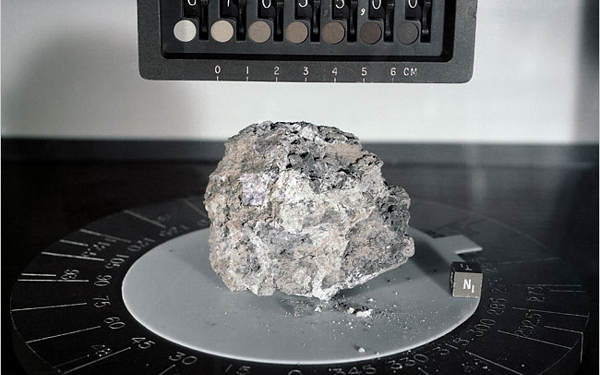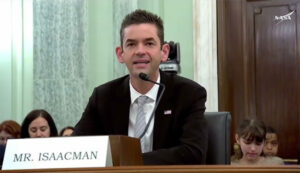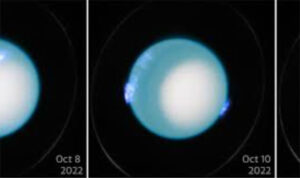
The universe is a dangerous place. Radiation, extreme cold and pressure, which are not resilient to a human body, are just a few of the causes of this danger, and the earth is no longer a standstill to a resilient level.
Since the origins of humanity, it has been recognized as one of the major dangers for the eradication of earth’s collision with asteroid. The extinction of the dinosaurs in the past is also considered to be caused by a large asteroid, and one can not say that it would not be missed in the future. Frequently, the earth and the asteroid, most of them are not harmful. However, if there is a large asteroid to come into contact with the Earth, there is little that can do against modern technology.
On the last day, a number of scientists found a bluffing discovery. Compared with the time of the dinosaurs, there has now been a gradual increase in the speed of earth and asteroids. This has been found to be about three times as high as the “asteroid risk” of Earth has actually tripled.
Research results
Dr. Grenon, a lecturer at Southampton University, a member of NASA’s affiliated research team, says that they were studying the moon. According to the position of the moon, the Earth is equally asteroidal collisions and, like the Earth, the volcanic eruption, atmospheric winds, and geocentric disorders occur on the Earth, because the crusts on the ground persist for a long period of time, so the experiment was easily carried out. That is.
The research team made use of collected lunar samplings during the Apollo program launched by NASA, and the asteroid rate has been calculated from millions of years of astronomical asteroids. It was a major step in determining the anecdotes of lunar fissures on lunar rocks, and they took advantage of modern technology. They assure that this calculation is fairly accurate.
As a result of the research, scientists have found that this was not previously found. Since the planet Earth’s killing has caused the implosion of dinosaurs 65 million years ago, it has gradually been increasing the asteroid rate that is at odds with the Earth and the Moon. It has shown a gradual increase and at present it has reached 300%.
Asteroid collisions cause increased velocity
Soon after the discovery, scientists began to look at why this happened. At the same time, there are several opinions, and by far the most perceptive opinion is that the astronomical astronomers of the solar system sometimes erupt in time with various environmental conditions.
Most asteroid asteroids are born into the asteroid belt between Mars and Jupiter. The various parts of the shaft will shift from time to time to the sun and then heated back to the other side and break into pieces and collapse due to collision with each other. The result is higher asteroids. Some of these have jumped out of the asteroid belt and fall on that mass of the planets, including the planet. The asteroids are able to jump out of the sun’s light.
Why the Risk of Risk?
Some argue that if the earth collapses with time, it will not decrease the damage if it breaks into asteroids. Indeed, the asteroid belt has a greater probability of smaller asteroids than the probability of jumping out of the asteroid belt, and because of the greater part of the solar system, the smaller planets are smaller than the Earth, and if they hit the earth, they would be so damaging that the Earth would not be happy.
Now estimated as over 90 million years ago, the asteroid more than 1 kilometer is hitting the Earth between 3 and 5 million years every year. However, nowadays it is estimated that such asteroid is at odds with the Earth every 1-2 million years.
Risk-related preparation
Although the risk of collision between the Earth and the asteroid has increased, NASA claims that such an unpleasant phenomenon has not yet come to light. By the way, they are constantly scouting around the globe or catching a dangerous asteroid. In addition, they also believe that effective methods will help the planet to change direction or destroy the asteroids that are in the forefront of the development of the planet.




